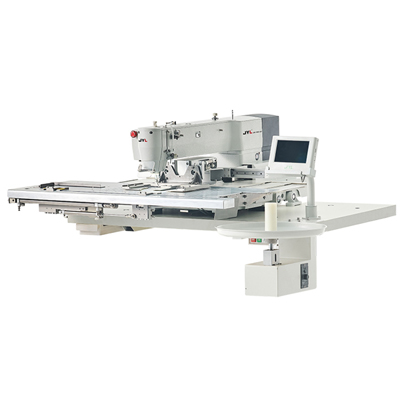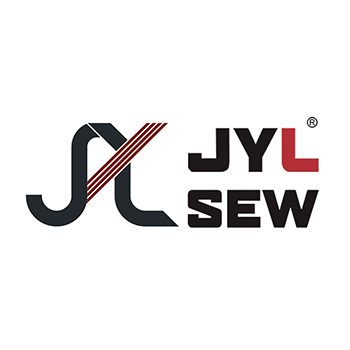A semi-Automatic Sewing Machine is a type of sewing equipment that combines manual control with automated functions to enhance efficiency and productivity in sewing tasks. This machine bridges the gap between fully manual and fully automated sewing processes, offering a balance between user intervention and automated precision.
1. Manual Control and Guidance:
Unlike fully Automated Sewing Machines, which perform stitching operations with minimal user input, semi-automatic machines involve the operator in guiding the fabric and controlling the sewing process. The user determines the fabric placement, seam alignment, and feeding of material through the machine.
2. Automated Stitching:
Where the automation comes into play is in the stitching itself. Semi-automatic Sewing Machines incorporate automated mechanisms that handle tasks such as controlling stitch length, tension, and speed. This ensures consistent and accurate stitching results, eliminating the need for the operator to manually adjust these settings continuously.
3. Efficient Operations:
Semi-automatic sewing machines offer increased efficiency compared to fully manual machines. They streamline the sewing process by automating critical aspects of stitching while allowing the operator to focus on positioning the fabric and ensuring proper seam alignment.
4. Versatility in Applications:
Semi-automatic sewing machines are versatile and adaptable to a wide range of sewing applications. They can handle different types of fabrics, stitch patterns, and sewing tasks, making them suitable for industries such as garment manufacturing, textiles, and home decor.
5. Increased Productivity:
By automating certain sewing functions, semi-automatic machines can significantly increase productivity. The operator can complete stitching tasks more quickly and consistently, leading to higher output levels in manufacturing settings.
6. Skill Enhancement:
Semi-automatic sewing machines are particularly beneficial for less experienced or novice sewers. They provide a level of automated precision that helps beginners achieve better stitching results while allowing them to develop their skills.
7. Cost-Efficiency:
While fully Automated Sewing Machines can be costly investments, semi-automatic machines offer a more affordable option. They provide the advantages of automation without the higher price tag, making them accessible to a broader range of users.

In summary, a semi-automatic sewing machine combines the benefits of manual control and automated stitching to enhance sewing efficiency, consistency, and productivity. It offers a flexible and cost-effective solution for various sewing tasks, catering to both experienced sewers looking for efficiency and beginners seeking assistance in achieving quality results.




